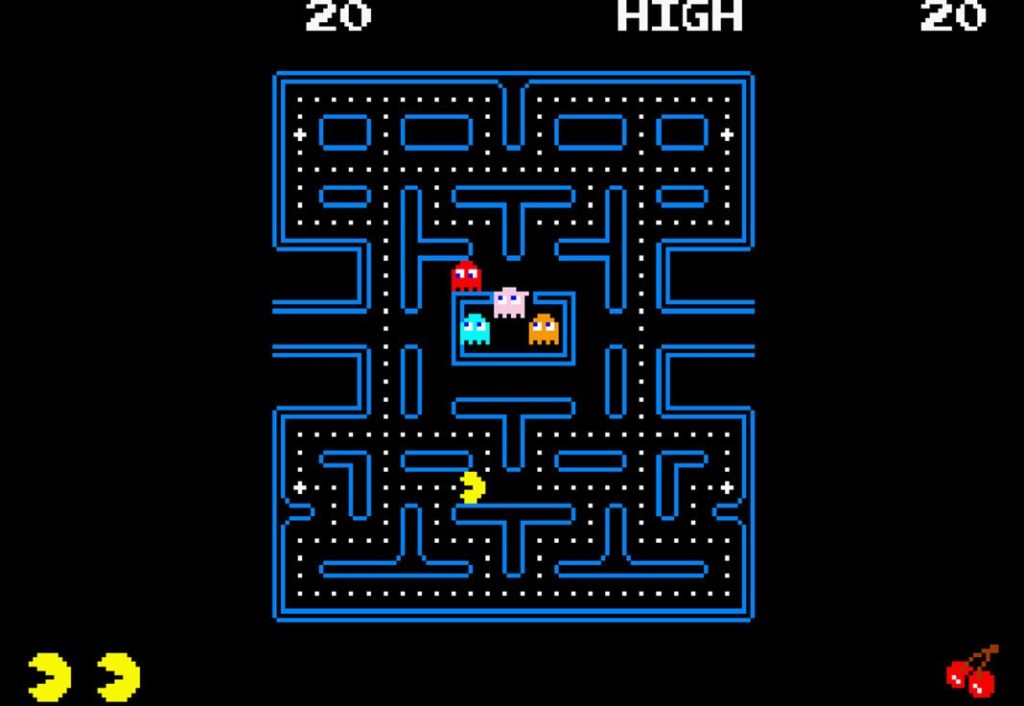
Video games have been around for a long time, but today’s games have passed many of us pioneers by like a screaming freight train. Just when did they become mini-movies, mimicking real life and putting you inside a bombed out building in the middle of World War II? Now you and a coordinated team of online gamers have an unlimited arsenal of weapons and, more importantly, an unlimited number of lives. Instead of collecting bonus points, you collect dead bodies.
Built to make you smile, arcade-style video games were designed to help forget your troubles for a few minutes. The more ridiculous the game, the more fun it was. You had asteroids to destroy, advancing space invaders to shoot and little eggs to collect while you were jousting robots on a flying ostrich. To this day, I still don’t know what a Q-Bert is, but I loved that game.
Arcades were places to hang out here on Long Island and meet your friends, spend a bunch of quarters and have some laughs. Every mall offered a bustling arcade packed with teenagers and young adults on the weekends. Unlike home video games, arcade games had a limited number of “lives” before you had to pump in another quarter and start from scratch. Every kid in the 80’s knew to save their quarters for the arcade.
The thing was, video games all seemed so easy to play at first, providing you with an opening screen of challenges you could learn to beat in a few tries. To rescue the princess, all you had to do was avoid all the beer kegs a giant monkey was throwing at you while you advanced up a series of ramps. Learn to maneuver your frog in and out of traffic or you become roadkill. And once you got the gist of Pac-Man, clearing the board was a breeze.
The goal was to hook you on the pretty colors, repetitive music, ridiculous characters and villains, nuances and ultimate triumphs of completing the first screen before your three lives ran out. After that, things got much faster and the obstacles became more outlandish. The fun of completing a level was trying to imagine what torture the game developers had in store as you progressed through the game.
The sights and sounds of an active arcade are burned in our memories. Everywhere you looked were futuristic games like Zaxxon and Araknoid or racing games like Pole Position or Outrun. With quarters in hand (or placed strategically on the device to indicate you are “next”), you waited patiently for your turn, while studying the current player’s moves for a tip or two as they navigated the gameboard. Secretly, you cheered as each of their lives got snuffed out. When it was your turn, you strode confidently to the machine, took a deep breath and deposited that quarter, knowing everyone behind you was waiting for you to crash and burn.
Sometimes, after you completed a great run, you made the “Leader” board and got to post your initials for all to see. First place always had a ridiculous score that could never be beaten, but if you were any good, you always had a chance for the Top 25. I’ve had my share of “P.A.D.” on display in my career.
Recently, I spent my birthday with friends and family at the Cradle of Aviation Museum for 1980’s Retro Video Game Night. For a few glorious hours, we jumped from game to game, just like back in the day at “Time Out” in the Sunrise Mall, only this time we didn’t need any quarters. With more than 80 games in their original consoles to choose from, I was the proverbial kid in the candy store.
At my age, sometimes I can’t remember what I had for breakfast yesterday, but somehow, I can recall the exact Pac-Man navigation I worked out all those years ago, to avoid losing a life on the first screen. Although, while spending hours at Arcades like “Time Out,” I don’t recall ever wishing I had a chair to sit down on.
At least for this night, we didn’t have to carry a pocket full of quarters.





























